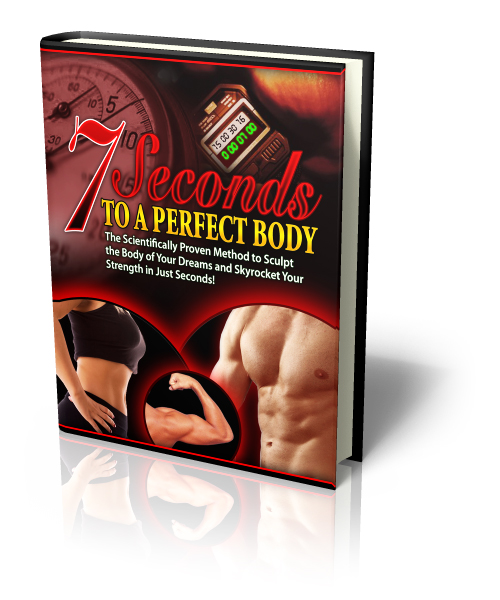Foam Rolling Routines
How I Roll With It
This is an EXCLUSIVE Preview from my "Slimming in Seconds Program!"
By Paul "Batman" O'Brien
B.A., N.C.E.H.S., Dip. Acu., Cert Clin. IMed., Dip. Adv. OBB, Dip. CHM, Pn1, PN-SSR, PN-NCA, M.AFPA., M.C.Th.A.
Foam Rolling Routines are nearly infinite in variety. I touched on some of the benefits of rolling in the last article - here, and from that I'm sure you can gather that you can adapt any rolling routine to suit your specific needs and weak points in your kinetic chain.
In this article, a preview from my Slimming in Seconds Program...I'll share with you my own personal foam rolling routine...
How to Roll....
Well before you do any foam rolling routines you'll need a foam roller. A foam roller is exactly what it sounds like: a dense roll of foam. They come in a variety of thickness and levels of density. The one I recommend and personally use is made by TRAVEL ROLLER.
Once you have one it is VERY simple to use. Place it on ground. place the body part you want to release on it, and roll back and forth on the roller ensuring you go from one end of the muscle fibre to the other, for longer muscles like the quads or IT bands you can do it in sections.
The great thing is that there are multiple methods to foam rolling and infinite foam rolling routines;
- You can slow roll all the way up and down a muscle.
- You can do quicker sweeps like rubbing out areas by going up two inches and down one on a muscle.
- You can do faster and lighter rolls vs. slow and heavy pressure ones and many more in between.
I recommend 4 or 5 quick passes of each muscle.
IMPORTANT TRAINERS TIP

If you need a detailed training guide (and believe me when you see the results of your Isometric Workout you'll want one) I've written a comprehensive guide to Isometrics called 7 Seconds to A Perfect Body. It's over 250 pages long, with hundred of step by step images to help you get your angles correct and even step by step work along video guides. You can check it out here.
You don't need more than that.
If you notice tight, sore or sensitive spots spend a little more time their easing it out...
Now, speaking of sore and sensitive I won't lie - this will likely hurt the first few times you do it. It is painful, the more pain the tighter your muscles are and the more you need to do this. The pain should be a "oh, ohh...uh....that's..ugh...good" really hard massage ache pain...not "SWEET DEAR LORD I'M GOING TO PASS OUT OR BREAK SOMETHING!" pain.
The more often you use it, the more relaxed and pliable your muscles become and more benefit you get.
If you’re working through an injury, foam rolling the afflicted area a couple times of day will provide the most benefits, otherwise a couple times of week is a great habit to engage in for maintenance and prevention of injury.
Now...here's my personal foam rolling routine to give you an idea of what you can do...
My Recommend Foam Rolling Routine
I personally do this every morning and in this sequence.
- IT bands (side of legs)
- Hip flexors (hips)
- Adductors (low and high; inside of legs)
- Quads (front of legs) (Upper, then lower)
- Calves
- Hamstrings (back of legs)
- Glutes
- Lats
- Chest
- Upper back
- Neck release.
After this I do my Special Forces Warm-up Sequence - the same one used by SWAT, SAS, Navy Seals and more. It is the same warm up sequence I teach when instructing or training with members of elite military units. It's also the same exact warm up I teach in my martial arts classes and you can get that and full instructional videos for it with complete Isometrics course - 7 Seconds to a Perfect Body or my advanced Isometrics muscle building course - Maximetrics.
You've been reading about foam rolling routines, return to the Isometric-Training Home Page Here
or










New! Comments
Have your say about what you just read! Leave me a comment in the box below.